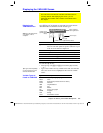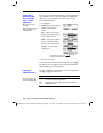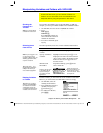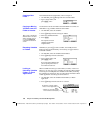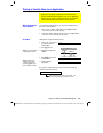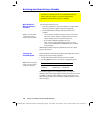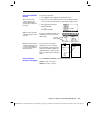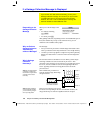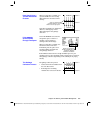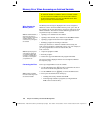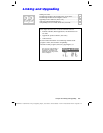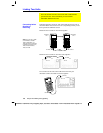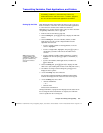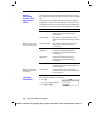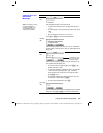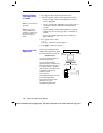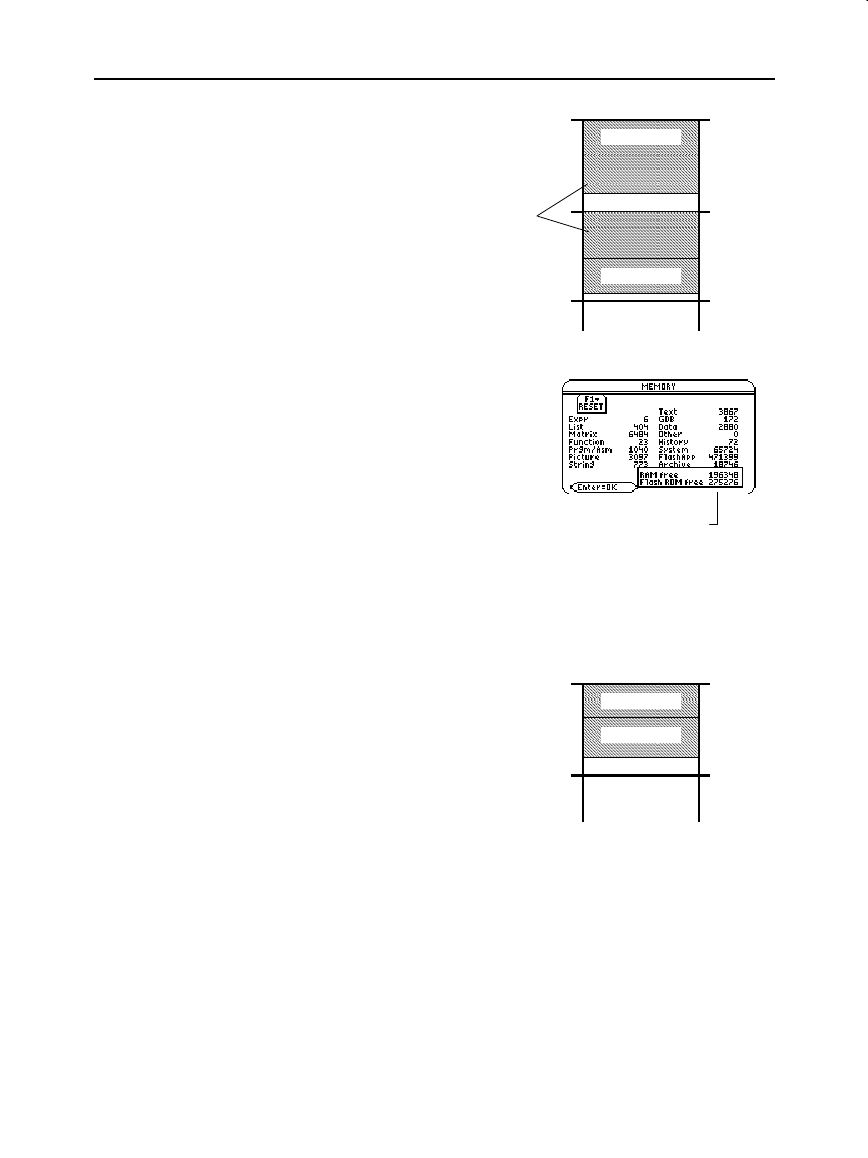
Chapter 21: Memory and Variable Management 363
21MEMORY.DOC TI-89/TI-92 Plus:Memory & Variables Mgmt (English) Susan Gullord Revised: 02/23/01 1:20 PM Printed: 02/23/01 2:19 PM Page 363 of 16
When you unarchive a variable, it is
copied to RAM but is not actually
deleted from the user data archive
memory.
Unarchived variables are “marked for
deletion,” meaning they will be
deleted during the next garbage
collection.
Even if the
MEMORY
screen shows
enough free space to archive a
v
ariable, you may still get a
Garbage Collection message.
When you unarchive a variable, the
Archive free
amount increases
immediately, but the space is not
actually available until after the
next garbage collection.
If the
RAM free
amount shows enough available space for your
variable, however, there probably will be enough space to archive it
after garbage collection (depending on the usability of any empty
blocks).
The garbage collection process:
¦ Deletes unarchived variables from
the user data archive.
¦ Rearranges the remaining
variables into consecutive blocks.
How Unarchiving a
Variable Affects the
Process
Sector 1
Sector 2
Sector 3
If the
MEMORY
Screen Shows
Enough Free Space
The Garbage
Collection Process
Sector 1
Sector 2
variable A
variable D
variable A
variable D
After you unarchive
variables B and C, they
continue to take up space.
Shows free space that
will be available after all
“marked for deletion”
variables are deleted.



